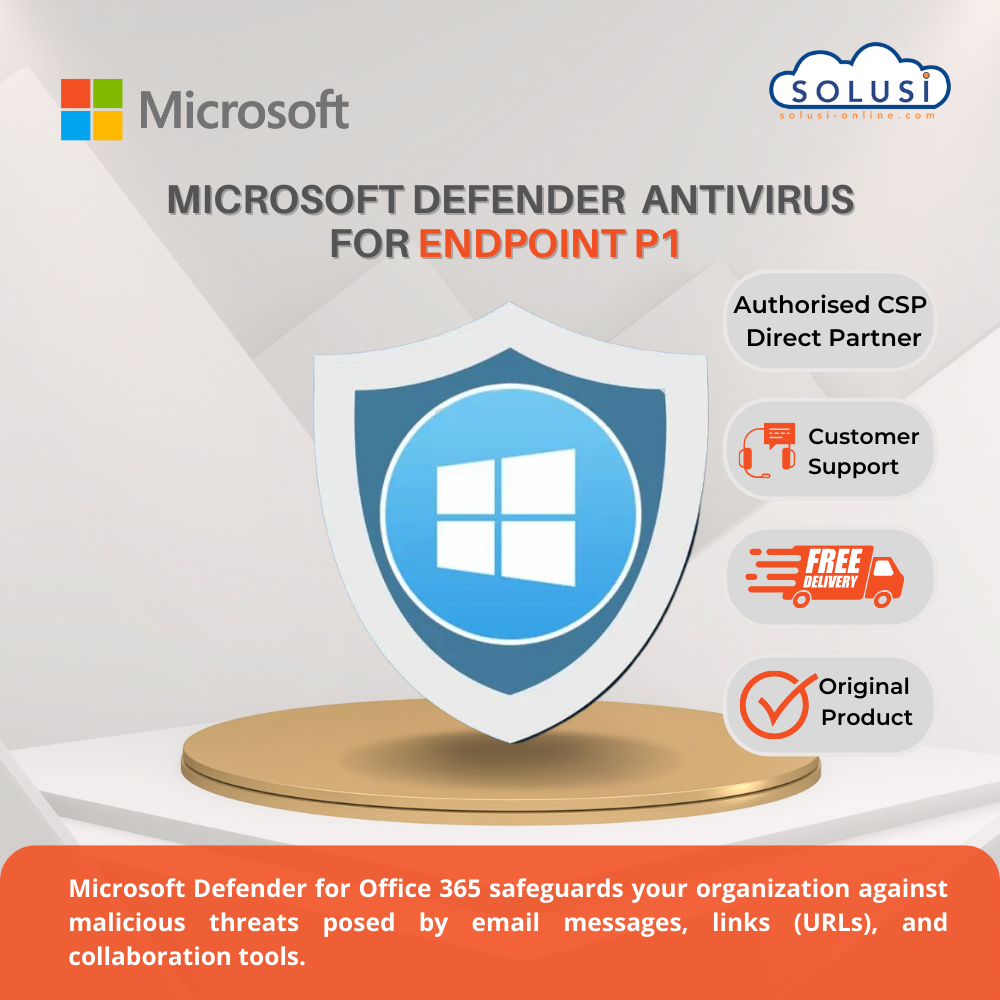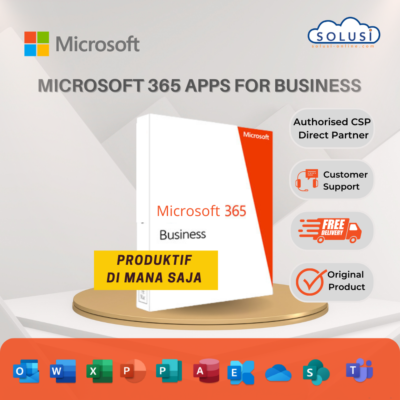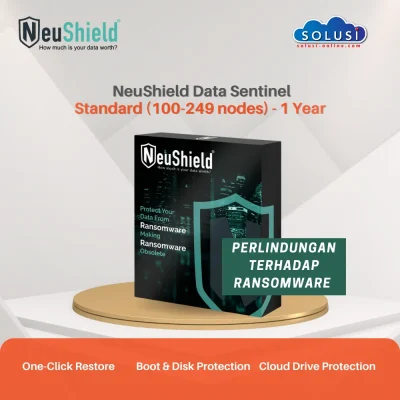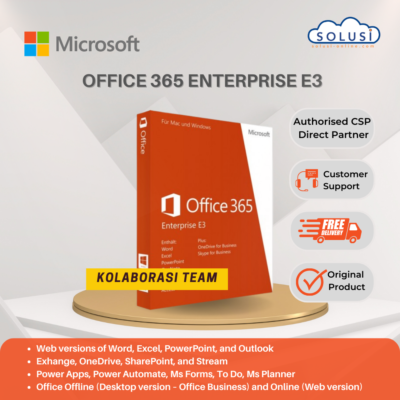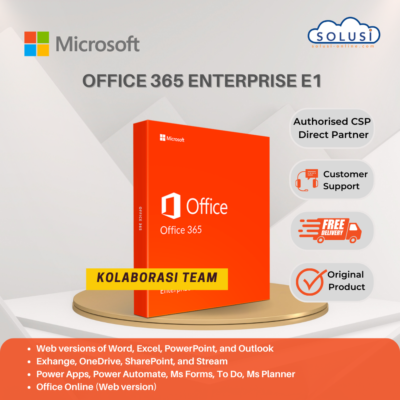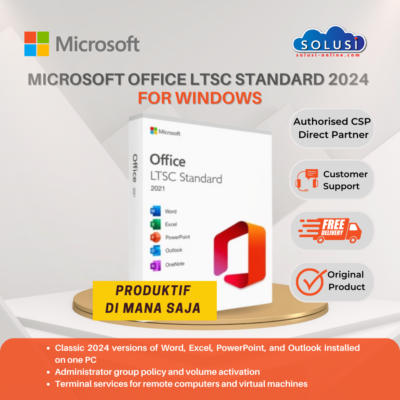Microsoft Defender for Endpoint is an enterprise endpoint security platform designed to help organizations like yours to prevent, detect, investigate, and respond to advanced threats. Defender for Endpoint is now available in two plans:
Defender for Endpoint Plan 1 capabilities
Defender for Endpoint Plan 1 includes the following capabilities:
- Next-generation protection that includes industry-leading, robust antimalware and antivirus protection
- Manual response actions, such as sending a file to quarantine, that your security team can take on devices or files when threats are detected
- Attack surface reduction capabilities that harden devices, prevent zero-day attacks, and offer granular control over endpoint access and behaviors
- Centralized configuration and management with the Microsoft 365 Defender portal and integration with Microsoft Endpoint Manager
- Protection for a variety of platforms, including Windows, macOS, iOS, and Android devices
The following sections provide more details about these capabilities.
Next-generation protection
Next-generation protection includes robust antivirus and antimalware protection. With next-generation protection, you get:
- Behavior-based, heuristic, and real-time antivirus protection
- Cloud-delivered protection, which includes near-instant detection and blocking of new and emerging threats
- Dedicated protection and product updates, including updates related to Microsoft Defender Antivirus
Manual response actions
Manual response actions are actions that your security team can take when threats are detected on endpoints or in files. Defender for Endpoint includes certain manual response actions that can be taken on a device that is detected as potentially compromised or has suspicious content. You can also run response actions on files that are detected as threats.
Attack surface reduction
Your organization’s attack surfaces are all the places where you’re vulnerable to cyberattacks. With Defender for Endpoint Plan 1, you can reduce your attack surfaces by protecting the devices and applications that your organization uses. The attack surface reduction capabilities that are included in Defender for Endpoint Plan 1 are described in the following sections.
- Attack surface reduction rules
- Ransomware mitigation
- Device control
- Web protection
- Network protection
- Network firewall
- Application control
Attack surface reduction rules
Attack surface reduction rules target certain software behaviors that are considered risky. Such behaviors include:
- Launching executable files and scripts that attempt to download or run other files
- Running obfuscated or otherwise suspicious scripts
- Initiating behaviors that apps don’t usually initiate during normal work
Legitimate business applications can exhibit such software behaviors; however, these behaviors are often considered risky because they are commonly abused by attackers through malware. Attack surface reduction rules can constrain risky behaviors and help keep your organization safe.
Ransomware mitigation
With controlled folder access, you get ransomware mitigation. Controlled folder access allows only trusted apps to access protected folders on your endpoints. Apps are added to the trusted apps list based on their prevalence and reputation. Your security operations team can add or remove apps from the trusted apps list, too.
Device control
Sometimes threats to your organization’s devices come in the form of files on removable drives, such as USB drives. Defender for Endpoint includes capabilities to help prevent threats from unauthorized peripherals from compromising your devices. You can configure Defender for Endpoint to block or allow removable devices and files on removable devices.
Web protection
With web protection, you can protect your organization’s devices from web threats and unwanted content. Web protection includes web threat protection and web content filtering.
- Web threat protection prevents access to phishing sites, malware vectors, exploit sites, untrusted or low-reputation sites, and sites that you explicitly block.
- Web content filtering prevents access to certain sites based on their category. Categories can include adult content, leisure sites, legal liability sites, and more.
Network protection
With network protection, you can prevent your organization from accessing dangerous domains that might host phishing scams, exploits, and other malicious content on the Internet.
Network firewall
With network firewall protection, you can set rules that determine which network traffic is permitted to flow to or from your organization’s devices. With your network firewall and advanced security that you get with Defender for Endpoint, you can:
- Reduce the risk of network security threats
- Safeguard sensitive data and intellectual property
- Extend your security investment
Application control
Application control protects your Windows endpoints by running only trusted applications and code in the system core (kernel). Your security team can define application control rules that consider an application’s attributes, such as its codesigning certificates, reputation, launching process, and more. Application control is available in Windows 10 or later.
Centralized management
Defender for Endpoint Plan 1 includes the Microsoft 365 Defender portal, which enables your security team to view current information about detected threats, take appropriate actions to mitigate threats, and centrally manage your organization’s threat protection settings.
Role-based access control
Using role-based access control (RBAC), your security administrator can create roles and groups to grant appropriate access to the Microsoft 365 Defender portal (https://security.microsoft.com). With RBAC, you have fine-grained control over who can access the Defender for Cloud, and what they can see and do.
Reporting
The Microsoft 365 Defender portal (https://security.microsoft.com) provides easy access to information about detected threats and actions to address those threats.
- The Home page includes cards to show at a glance which users or devices are at risk, how many threats were detected, and what alerts/incidents were created.
- The Incidents & alerts section lists any incidents that were created as a result of triggered alerts. Alerts and incidents are generated as threats are detected across devices.
- The Action center lists remediation actions that were taken. For example, if a file is sent to quarantine, or a URL is blocked, each action is listed in the Action center on the History tab.
- The Reports section includes reports that show threats detected and their status.
APIs
With the Defender for Endpoint APIs, you can automate workflows and integrate with your organization’s custom solutions.
Cross-platform support
Most organizations use various devices and operating systems. Currently, Defender for Endpoint Plan 1 supports the following operating systems:
- Windows 7 (ESU required)
- Windows 8.1
- Windows 10, version 1709, or later
- macOS: 11.5 (Big Sur), 10.15.7 (Catalina), or 10.14.6 (Mojave)
- iOS
- Android OS

